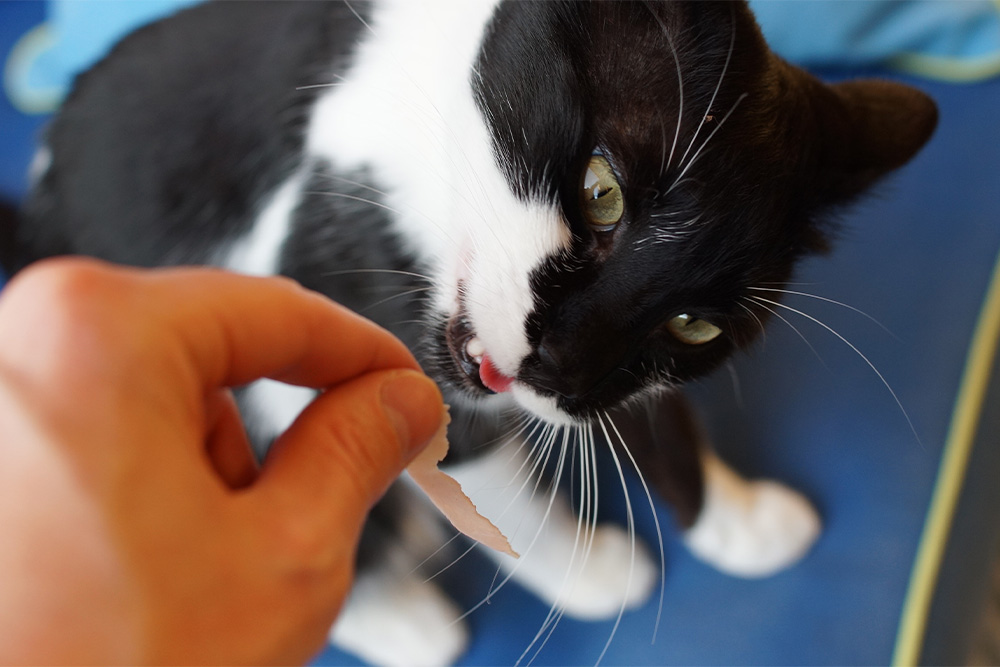Can Cats Eat Bread?
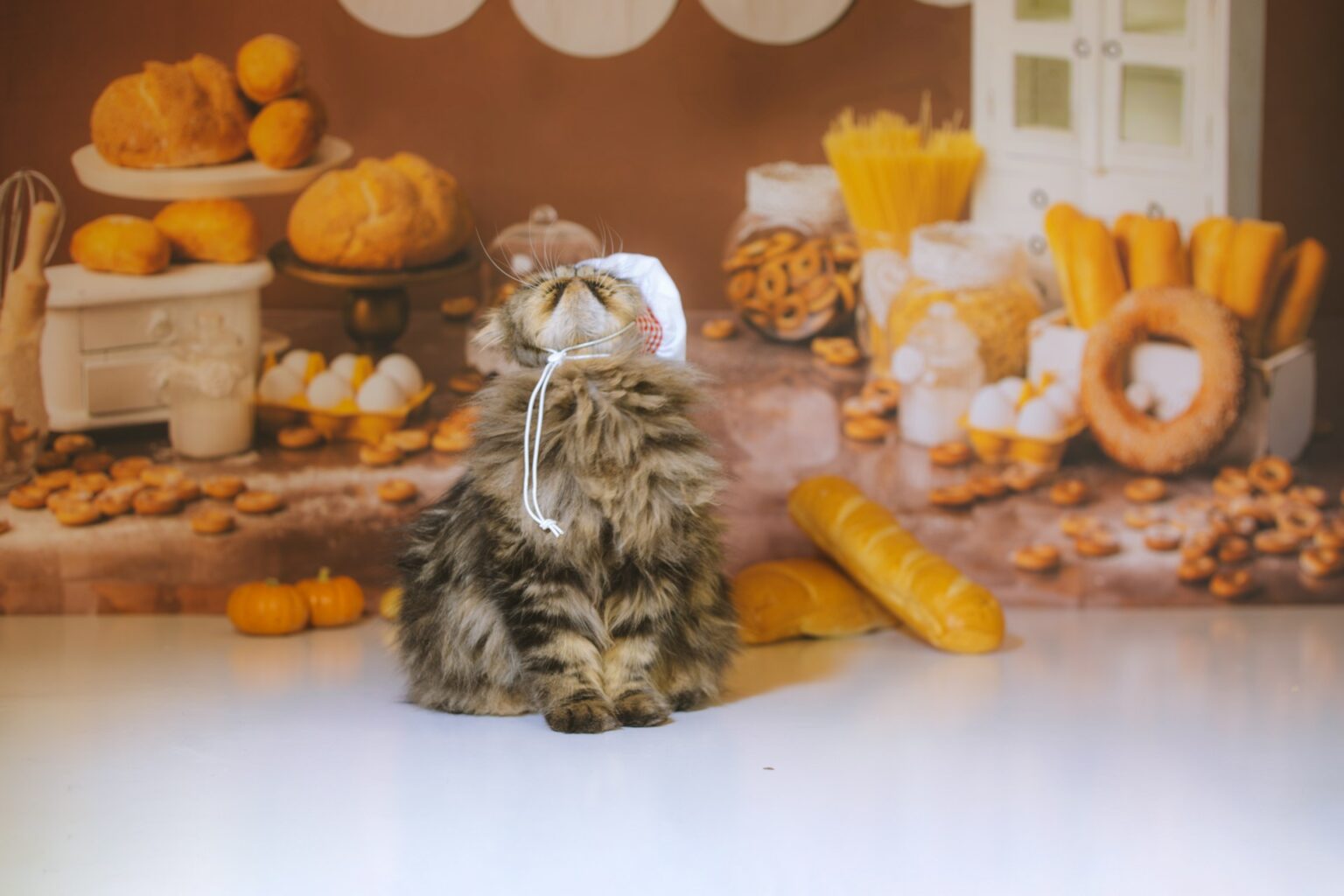
Baked goods are commonly consumed by humans daily. They are composed of a number of different grains and other ingredients. There are many types of baked goods. Sandwich bread can be wheat, rye, or mixed. Rye bread contains complex carbohydrates, which is why nutritionists often recommend eating it to people. But what about animals? Their ways of eating are completely different. Can dogs and cats eat bread?
Is Bread Safe For Cats?
Felines require a considerable measure of meat in their sustenance pathway. So they may not want to eat bread at all. Still, some cats have this inquisitive nature and attempt to bite a slice of bread. What then? However, specialists say that cats can eat bread. In small quantities, some of the types of bread a cat could eat should not be dangerous. Cat owners need to be mindful of a few risk situations, though. So, at what point are cats really not supposed to eat bread?
Bread Risks
While bread is a staple food of human beings, what about cats? These animals do not require a large amount of plant products in their diet, especially in the form of bread. As such, cats are unlikely to get any real nutrition from bread. It can even be harmful to the cat’s health. What is dangerous about bread for cats? Something we should all know for the safety of our beloved furry friends.
Certain food items that are completely safe for us to eat can be harmful to dogs and cats. Above all, cats should not eat raw bread dough. You are probably familiar with the idea that humans should also avoid eating raw dough. The same goes for cats. If you bake bread at home, be sure to watch your cat! There is a risk of ethanol poisoning if pets eat uncooked bread or pizza dough.
Why is that? Bread is commonly made with yeast. Dough before baking contains the yeast Saccharomyces cerevisiae, which converts carbohydrate substrates into ethanol and carbon dioxide during metabolism. This is why it is toxic to eat raw yeast dough. If cats consume the dough, the ethanol is rapidly absorbed through the digestive tract and easily passes through the blood-brain barrier.
Clinical signs in cats are mainly limited to signs of central nervous system involvement and appear 1 hour after the cat ingests the product. In such cases, the animals might suffer from ataxia, hypothermia, and metabolic acidosis. This is a dangerous thing because they can go into a coma and will have significant respiratory depression. So, whatever you do, do not give uncooked dough to cats!
Which Bread Can Cats Eat?
Additives in bread are another major issue. Bread comes in many varieties. Bakers include different ingredients in these items, like seeds, nuts, and raisins. But a lot of these ingredients are actually poisonous to cats. So be careful about your cat eating bread. Raisins are extremely dangerous for pets and can cause kidney failure. Bread containing onion, garlic, chocolate, or macadamia should also be avoided for cats. They have toxic chemicals that are bad for kitties! Rye bread, on the other hand, can be harmful to a cat’s digestion because it is a variety of grains and is very high in fiber.
Cats can eat bread, but it depends on the type. Wheat bread is the most suitable kind of bread for cats to eat. Feeding your cat some plain white bread without anything added a few times should not cause any harm. This means if your cat happens to manage to get a piece of bread, don’t panic. However, cats should not eat bread very often. Carbohydrates are not needed a lot in a cat’s diet. Therefore, bread only offers empty calories for your pet, which can make them gain extra weight.
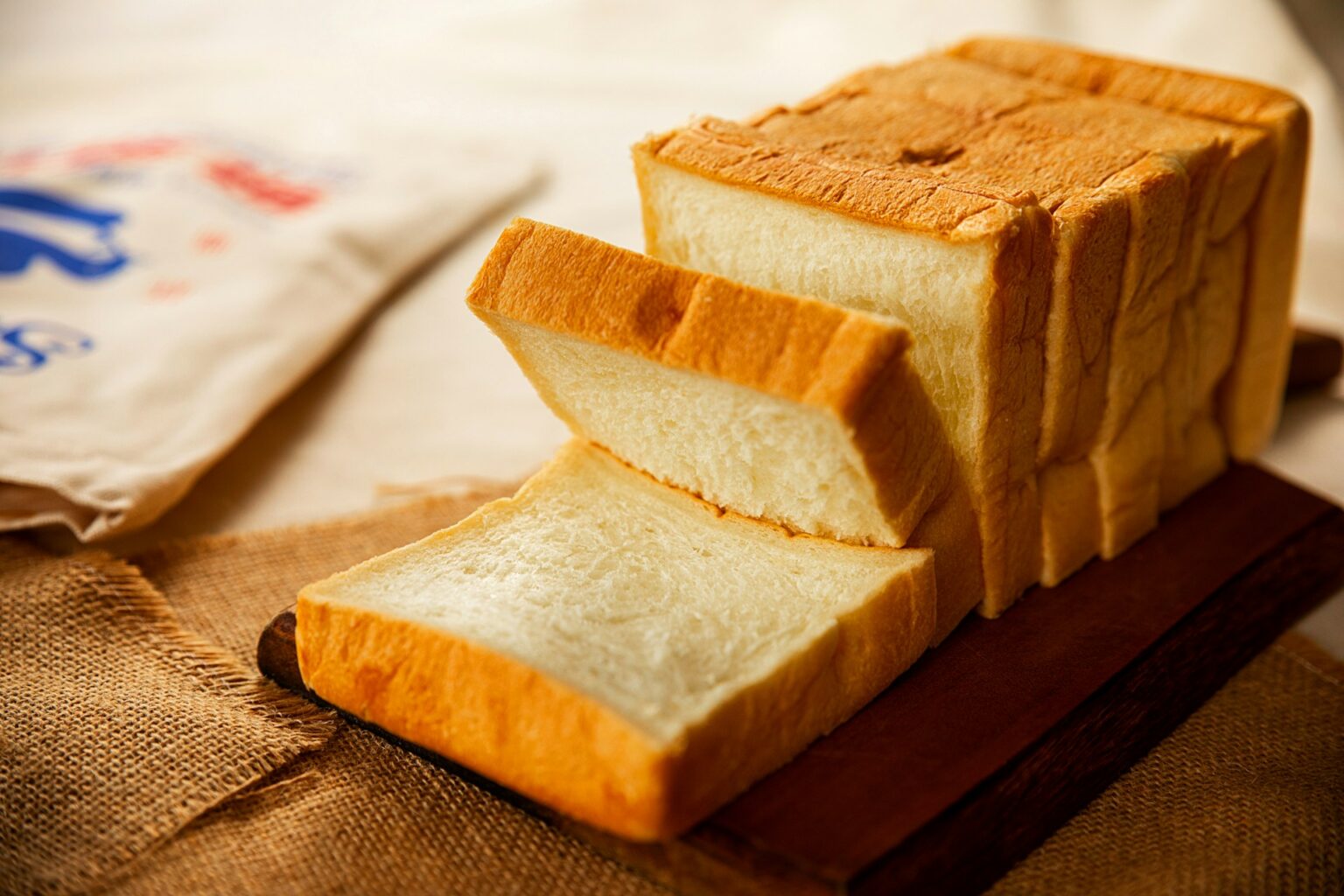
Summary – Can Cats Eat Bread?
While cats can eat bread, it should only be wheat bread with no additives. Ensure that the bread eaten by your cat does not contain harmful ingredients. Half-baked or raw bread is the most dangerous type of bread. This is something you need to be very careful about! Also, remember that bread gives cats an upset stomach when they eat too much of it. You should visit the vet if your pet shows worrying symptoms after eating bread.
Source
- Cristina Cortinovis, Francesca Caloni (2016). Household Food Items Toxic to Dogs and Cats.
https://www.frontiersin.org/journals/veterinary-science/articles/10.3389/fvets.2016.00026/full
